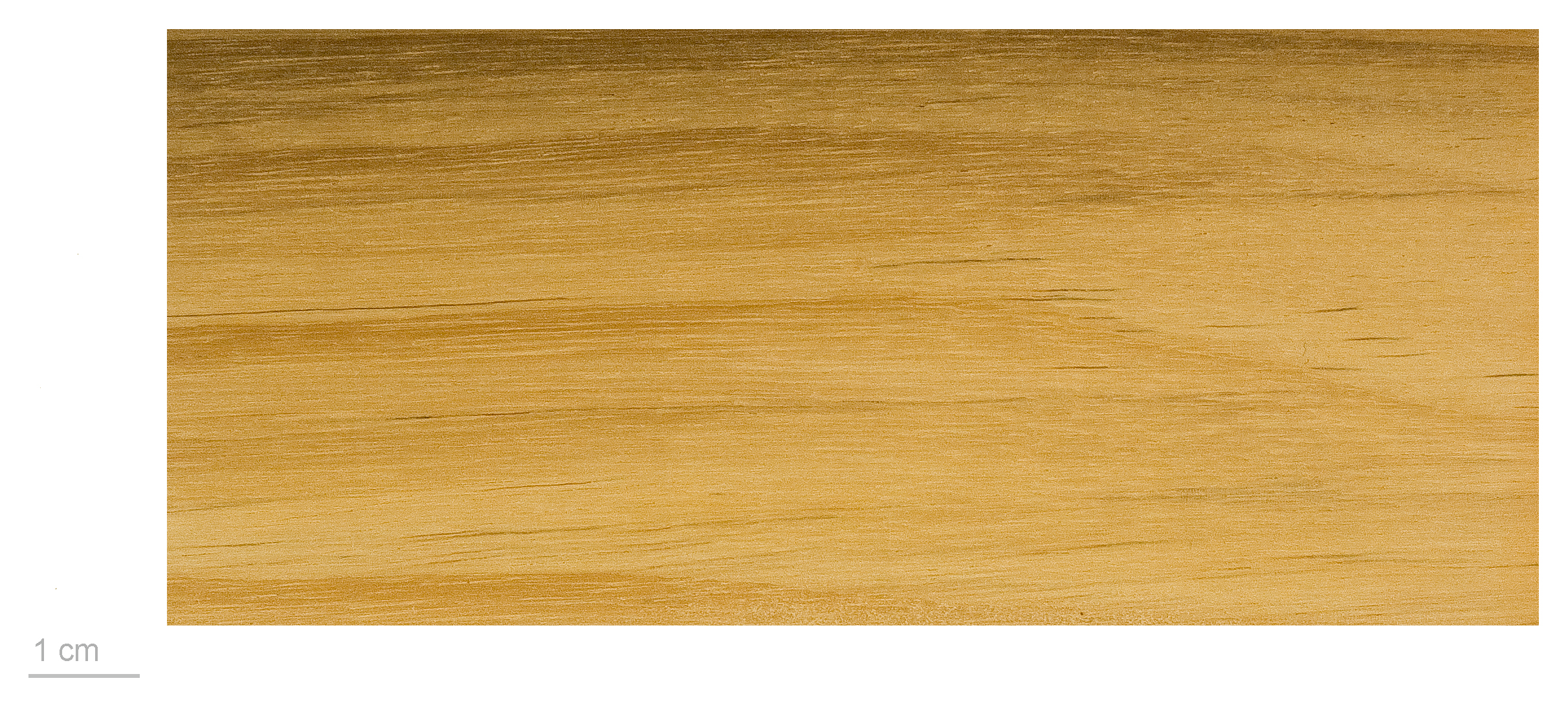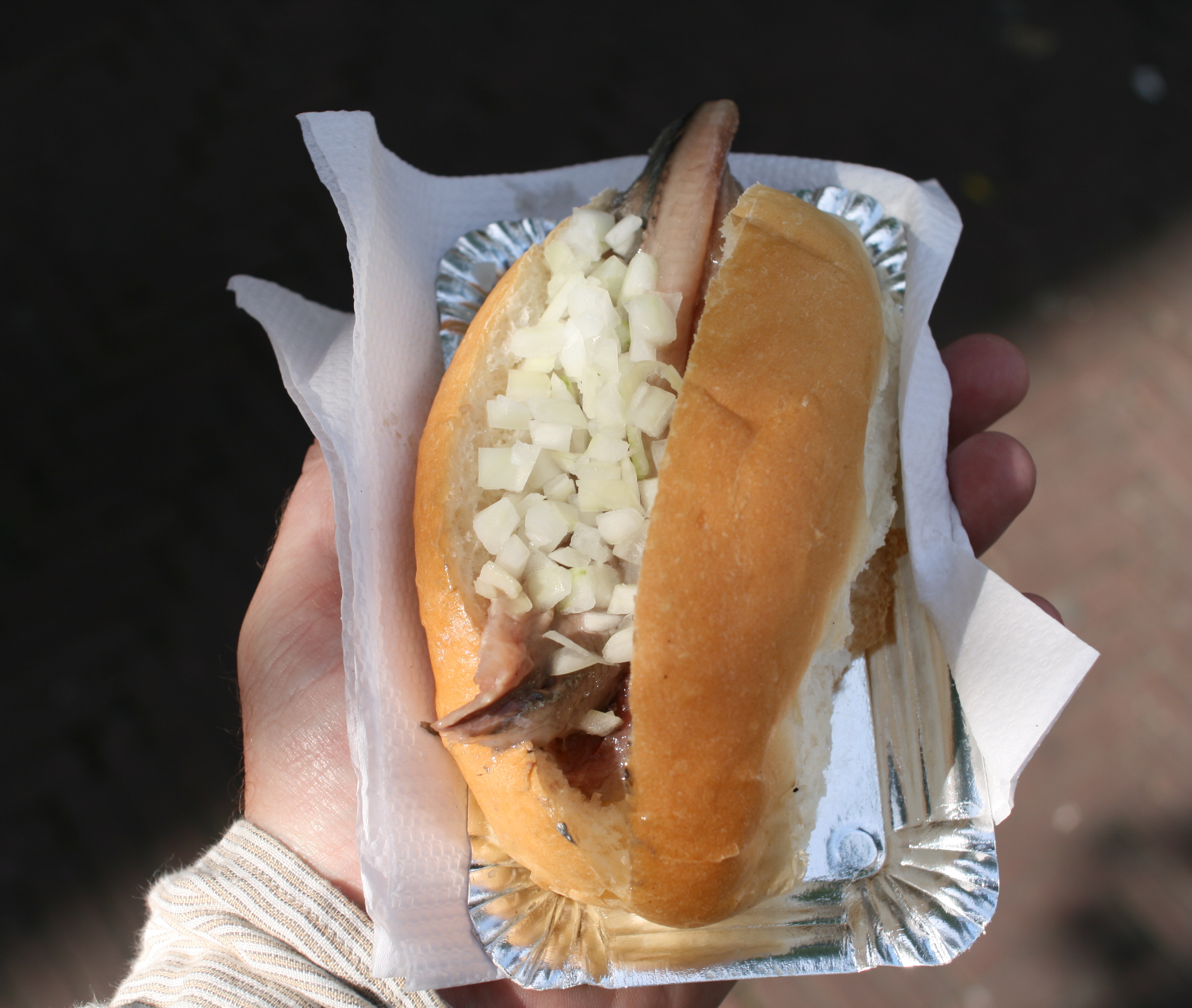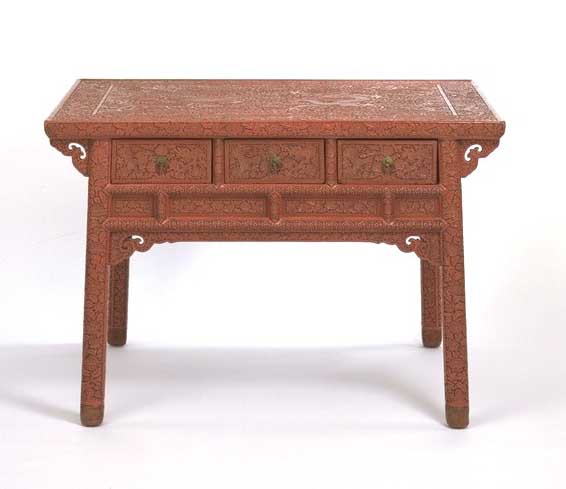|
Padauk
''Pterocarpus'' is a pantropical tree genus in the Fabaceae family. It belongs to the subfamily Faboideae, and was recently assigned to the informal monophyletic ''Pterocarpus'' clade within the Dalbergieae. Most species of ''Pterocarpus'' yield valuable timber traded as padauk (or padouk), usually pronounced or ; other common names are mukwa or narra. The west African species may be traded as African rosewood. '' P. santalinus'' also yields the most precious red sandalwood in China known as Zitan. The wood from the narra tree ('' P. indicus'') and the Burmese padauk tree ('' P. macrocarpus'') is marketed as amboyna when it has grown in the burl form. The scientific name is Latinized Ancient Greek and means "wing fruit", referring to the unusual shape of the seed pods in this genus. Uses Padauk wood is obtained from several species of ''Pterocarpus''. All padauks are of African or Asian origin. Padauks are valued for their toughness, stability in use, and decorativeness, mos ... [...More Info...] [...Related Items...] OR: [Wikipedia] [Google] [Baidu] |
Pterocarpus Macrocarpus
''Pterocarpus macrocarpus'', or Burma padauk, is a species of tree in the family ''Fabaceae''. It is native to the seasonal tropical forests of southeastern Asia: in Myanmar, Laos, Cambodia, Thailand, and Vietnam. It has been naturalized in India and the Caribbean. Description ''Pterocarpus macrocarpus'' is a medium-sized tree growing to 10–30 m (rarely to 39 m) tall, with a trunk up to 1.7 m diameter; it is deciduous in the dry season. The bark is flaky, grey-brown; if cut, it secretes a red gum. The leaves are 200–350 mm long, pinnate, with 9–11 leaflets. The flowers are yellow, produced in racemes 50–90 mm long. The fruit is a pod surrounded by a round wing 45–70 mm diameter, containing two or three seeds. The wood is durable and resistant to termites; it is important, used for furniture, construction timber, cart wheels, tool handles, and posts; though not a true rosewood it is sometimes traded as such. The seasonal padauk flowers bloom annually ar ... [...More Info...] [...Related Items...] OR: [Wikipedia] [Google] [Baidu] |
Pterocarpus Dalbergioides
''Pterocarpus dalbergioides'', the Andaman padauk, Andaman redwood or East Indian mahogany, is a species of flowering plant in the family Fabaceae. It is sometimes called "narra", but this is just a generic term used for any of several ''Pterocarpus'' species. It is native to the Andaman Islands. Description This is a large evergreen tree, with ascending branches spreading towards the tips. Has more numerous leaflets than the similar '' Pterocarpus indicus''. The leaflets are ovate-lanceolate and acuminate, with 5 to 8 pairs of conspicuous secondary nerves. The fruit pod is a winged achene or samara that is nearly hairless and about 5 cm in diameter. The heartwood colour varies from light grey to deep reddish-brown, but this variation is unrelated to any differences in leaves or flowers. Distribution The species is native and endemic to the Andaman Islands The Andaman Islands () are an archipelago, made up of 200 islands, in the northeastern Indian Ocean about south ... [...More Info...] [...Related Items...] OR: [Wikipedia] [Google] [Baidu] |
Pterocarpus Soyauxii
''Pterocarpus soyauxii'', the African padauk or African coralwood, is a species of ''Pterocarpus'' in the family Fabaceae, native to central and tropical west Africa, from Nigeria east to Congo-Kinshasa and south to Angola.International Legume Database & Information Service''Pterocarpus soyauxii''/ref> It is a tree growing to 27–34 m tall, with a trunk diameter up to 1 m with flaky reddish-grey bark. The leaves are pinnate, with 11–13 leaflets. The flowers are produced in panicles. The fruit is a thorny pod 6–9 cm long, which does not split open at maturity.World Agroforestry Centre''Pterocarpus soyauxii'' Uses The leaves are edible, and contain large amounts of vitamin C; they are eaten as a leaf vegetable. Bark extracts are used in herbal medicine to treat skin parasites and fungal infections. The wood is valuable; it is very durable, red at first, becoming purplish-brown on exposure to light, with a density of 0.79 g/cm3.CIRAD Forestry DepartmentPadouk (pdf file ... [...More Info...] [...Related Items...] OR: [Wikipedia] [Google] [Baidu] |
Pterocarpus Santalinus
''Pterocarpus santalinus'', with the common names red sanders, red saunders, Yerra Chandanam, Chenchandanam, red sandalwood, Rakta Chandana, and rakto chandon, is a species of ''Pterocarpus'' endemism, endemic to the southern Eastern Ghats mountain range of South India. This tree is valued for the rich red colour of its wood, and in there has been a marked uptick in the use of red sandalwood as a component of incense, especially in the west. The tree is not to be confused with the aromatic Sandalwood, ''Santalum'' sandalwood trees that grow natively in Southern India. Description ''Pterocarpus santalinus'' is a light-demanding small tree, growing to tall with a trunk 50–150 cm diameter. It is fast-growing when young, reaching tall in three years, even on degraded soils. It is not frost tolerant, being killed by temperatures of −1 °C. The leaf, leaves are alternate, 3–9 cm long, trifoliate with three leaflets. The flowers are produced in short r ... [...More Info...] [...Related Items...] OR: [Wikipedia] [Google] [Baidu] |
Species
A species () is often defined as the largest group of organisms in which any two individuals of the appropriate sexes or mating types can produce fertile offspring, typically by sexual reproduction. It is the basic unit of Taxonomy (biology), classification and a taxonomic rank of an organism, as well as a unit of biodiversity. Other ways of defining species include their karyotype, DNA sequence, morphology (biology), morphology, behaviour, or ecological niche. In addition, palaeontologists use the concept of the chronospecies since fossil reproduction cannot be examined. The most recent rigorous estimate for the total number of species of eukaryotes is between 8 and 8.7 million. About 14% of these had been described by 2011. All species (except viruses) are given a binomial nomenclature, two-part name, a "binomen". The first part of a binomen is the name of a genus to which the species belongs. The second part is called the specific name (zoology), specific name or the specific ... [...More Info...] [...Related Items...] OR: [Wikipedia] [Google] [Baidu] |
Soused Herring
Soused herring is raw herring soaked in a mild preserving liquid. It can be raw herring in a mild vinegar pickle or Dutch brined herring. As well as vinegar, the marinade might contain cider, wine or tea, sugar, herbs (usually bay leaf), spices (usually mace), and chopped onion. The word 'soused' can also describe a marinated herring that has been cooked. The herring is usually baked in the (vinegar) marinade (but can be fried and then soaked in the marinade). It is served cold. This is usual in Scotland, Wales and Ireland. The soused herring (''maatjesharing'' or just ''maatjes'' in Dutch, or ''Matjes/matjes'' in German and Swedish respectively) is an especially mild salt herring, which is made from immature herrings. The herrings are ripened for a couple of days in oak barrels in a salty solution, or brine. The pancreatic enzymes which support the ripening make this version of salt herring especially mild and soft. Raw herring pickled in vinegar are called rollmops. ... [...More Info...] [...Related Items...] OR: [Wikipedia] [Google] [Baidu] |
Sweden
Sweden, formally the Kingdom of Sweden, is a Nordic countries, Nordic country located on the Scandinavian Peninsula in Northern Europe. It borders Norway to the west and north, and Finland to the east. At , Sweden is the largest Nordic country by both area and population, and is the List of European countries by area, fifth-largest country in Europe. Its capital and largest city is Stockholm. Sweden has a population of 10.6 million, and a low population density of ; 88% of Swedes reside in urban areas. They are mostly in the central and southern half of the country. Sweden's urban areas together cover 1.5% of its land area. Sweden has a diverse Climate of Sweden, climate owing to the length of the country, which ranges from 55th parallel north, 55°N to 69th parallel north, 69°N. Sweden has been inhabited since Prehistoric Sweden, prehistoric times around 12,000 BC. The inhabitants emerged as the Geats () and Swedes (tribe), Swedes (), who formed part of the sea-faring peopl ... [...More Info...] [...Related Items...] OR: [Wikipedia] [Google] [Baidu] |
Spice
In the culinary arts, a spice is any seed, fruit, root, Bark (botany), bark, or other plant substance in a form primarily used for flavoring or coloring food. Spices are distinguished from herbs, which are the leaves, flowers, or stems of plants used for flavoring or as a garnish (food), garnish. Spices and seasoning do not mean the same thing, but spices fall under the seasoning category with herbs. Spices are sometimes used in medicine, Sacred rite, religious rituals, cosmetics, or perfume production. They are usually classified into spices, spice seeds, and herbal categories. For example, vanilla is commonly used as an ingredient in Aroma compound, fragrance manufacturing. Plant-based sweeteners such as sugar are not considered spices. Spices can be used in various forms, including fresh, whole, dried, grated, chopped, crushed, ground, or extracted into a tincture. These processes may occur before the spice is sold, during meal preparation in the kitchen, or even at the ... [...More Info...] [...Related Items...] OR: [Wikipedia] [Google] [Baidu] |
Herbal Medicine
Herbal medicine (also called herbalism, phytomedicine or phytotherapy) is the study of pharmacognosy and the use of medicinal plants, which are a basis of traditional medicine. Scientific evidence for the effectiveness of many herbal treatments remains limited, prompting ongoing regulatory evaluation and research into their safety and efficacy. Standards for purity or dosage are generally not provided. The scope of herbal medicine sometimes includes fungal and bee products, as well as minerals, shells and certain animal parts. Paraherbalism is the pseudoscientific use of plant or animal extracts as medicine, relying on unproven beliefs about the safety and effectiveness of minimally processed natural substances. Herbal medicine has been used since at least the Paleolithic era, with written records from ancient Sumer, Egypt, Greece, China, and India documenting its development and application over millennia. Modern herbal medicine is widely used globally—especially in Asia ... [...More Info...] [...Related Items...] OR: [Wikipedia] [Google] [Baidu] |
African Padauk Wood
African or Africans may refer to: * Anything from or pertaining to the continent of Africa: ** People who are native to Africa, descendants of natives of Africa, or individuals who trace their ancestry to indigenous inhabitants of Africa *** List of ethnic groups of Africa *** Demographics of Africa *** African diaspora ** African, an adjective referring to something of, from, or related to the African Union ** Citizenship of the African Union ** Demographics of the African Union **Africanfuturism ** African art ** *** African jazz (other) ** African cuisine ** African culture ** African languages ** African music ** African Union ** African lion, a lion population in Africa Books and radio * ''The African'' (essay), a story by French author J. M. G. Le Clézio * ''The African'' (Conton novel), a novel by William Farquhar Conton * ''The African'' (Courlander novel), a novel by Harold Courlander * ''The Africans'' (radio program) Music * "African", a song by Pete ... [...More Info...] [...Related Items...] OR: [Wikipedia] [Google] [Baidu] |
Chinese Furniture
The forms of Chinese furniture evolved along three distinct lineages which date back to 1000 BC: ''frame and panel'', ''yoke and rack'' (based on post-and-rail seen in architecture) and ''bamboo'' construction techniques. Chinese home furniture evolved independently of Western furniture into many similar forms, including chairs, tables, stools, cupboards, cabinets, beds and sofas. Until about the 10th century CE, the Chinese sat on mats or low platforms using low tables, but then gradually moved to using high tables with chairs.Grove Chinese furniture is mostly in plain, polished wood, but from at least the Song dynasty, the most luxurious pieces often used lacquer to cover the whole or parts of the visible areas. All the various sub-techniques of Chinese lacquerware can be found on furniture, and became increasingly affordable down the social scale—thus widely used—from about the Ming dynasty onwards. Carved lacquer furniture was, at first, only affordable by the imper ... [...More Info...] [...Related Items...] OR: [Wikipedia] [Google] [Baidu] |






